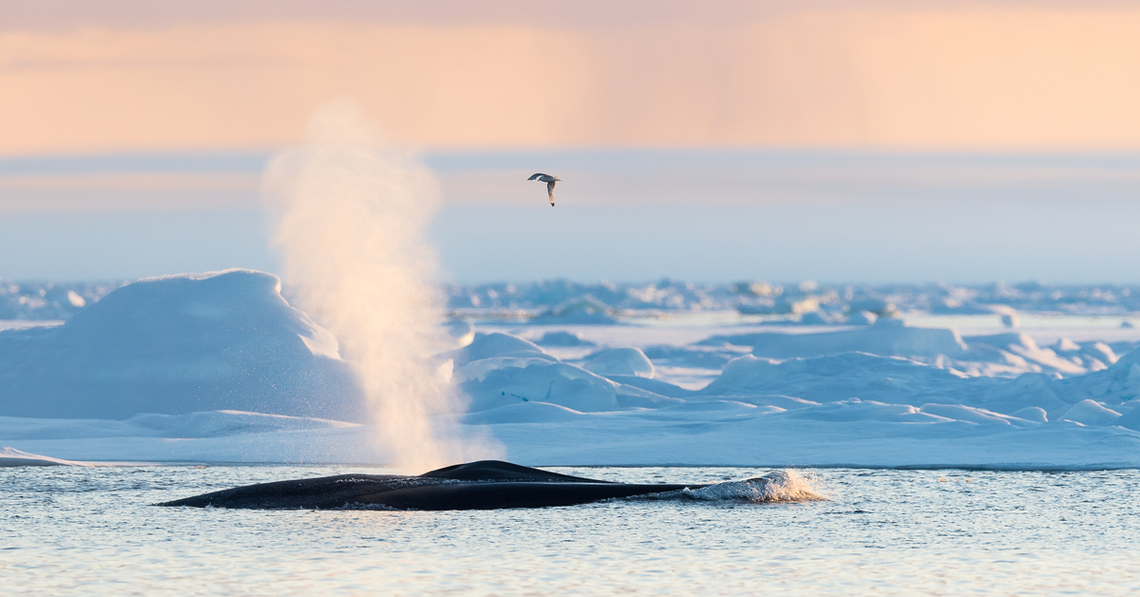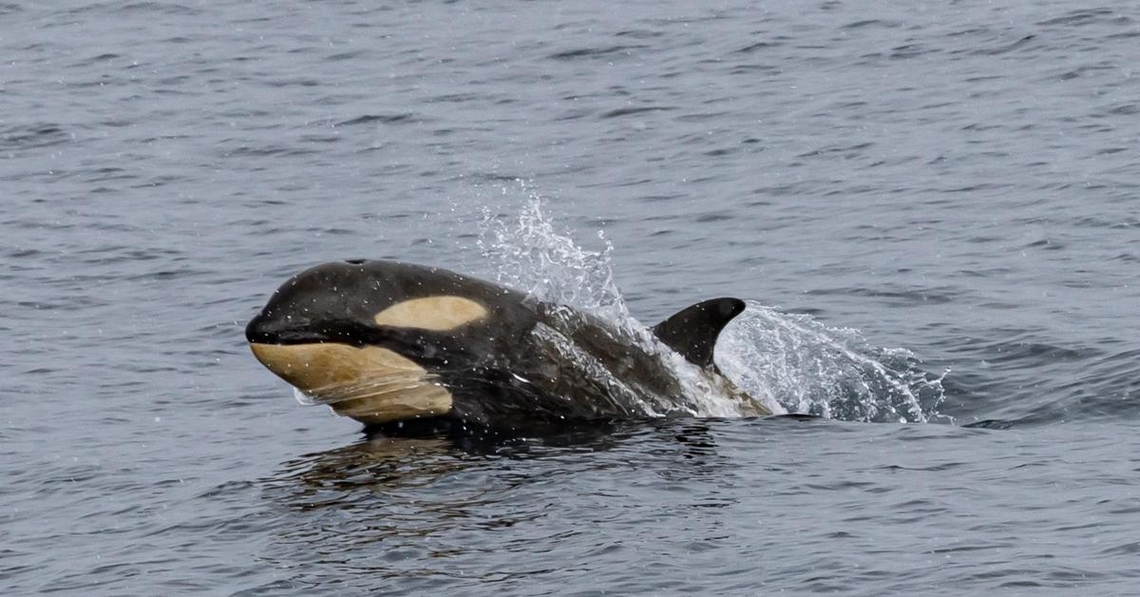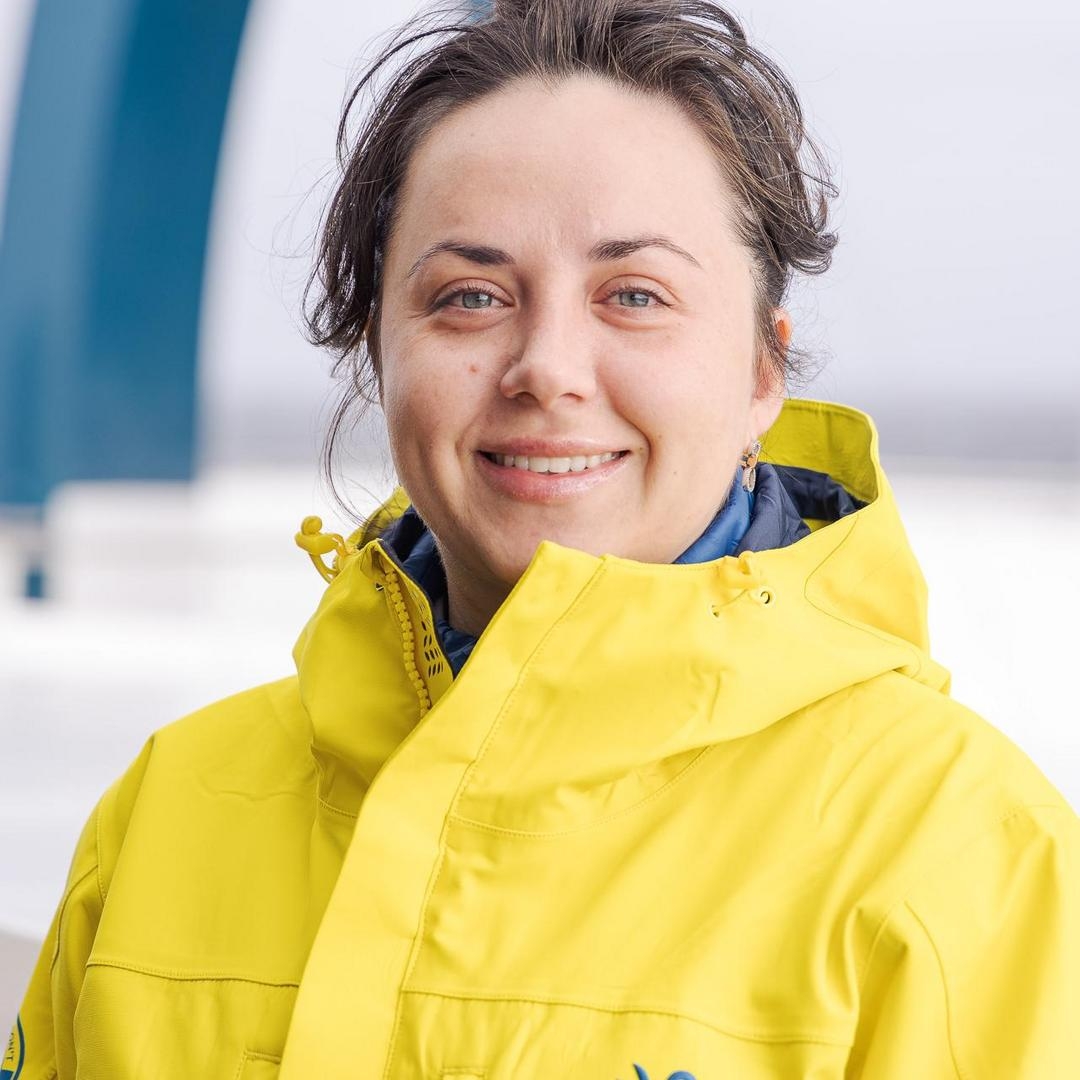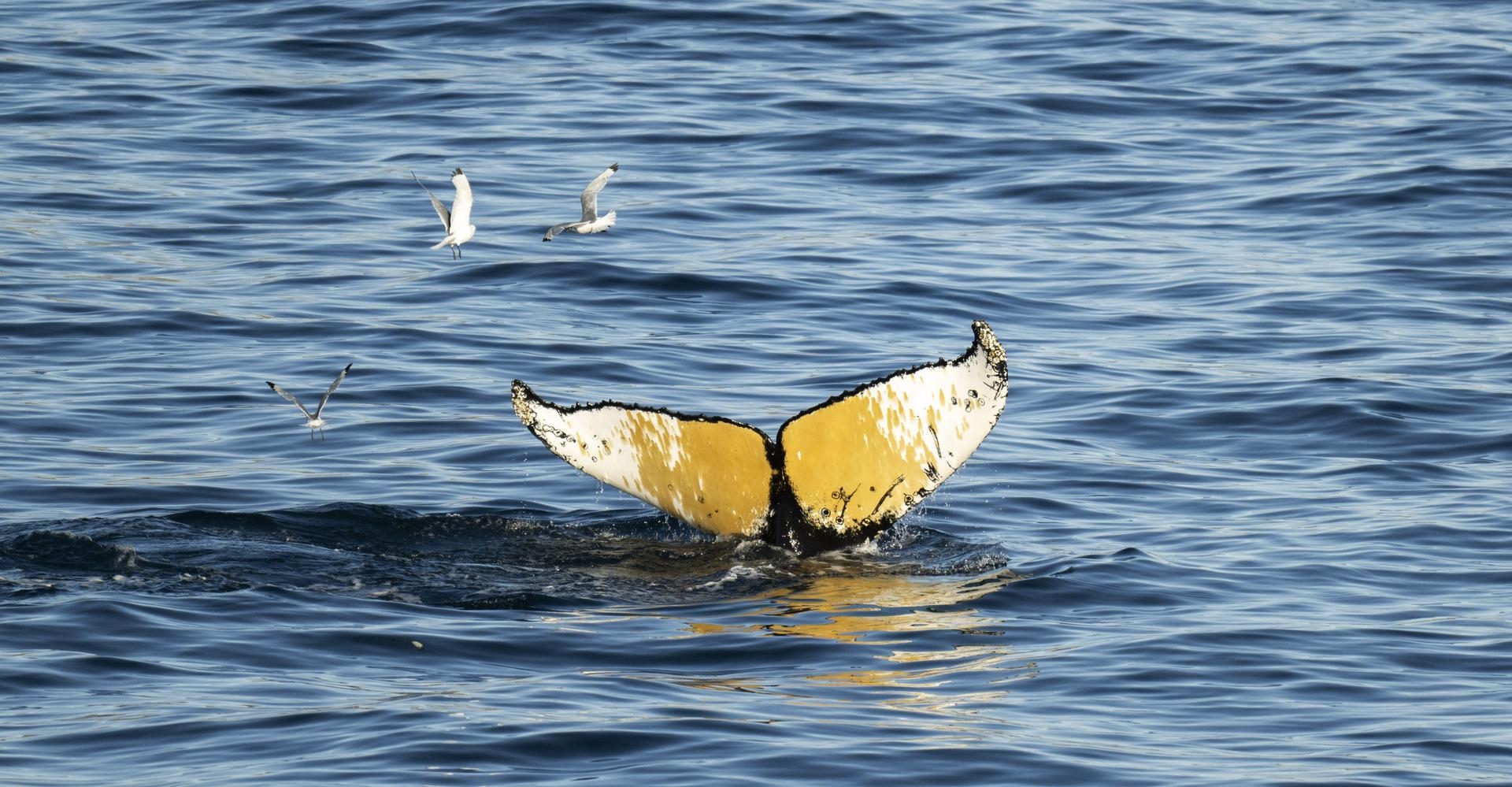Хотели бы узнать, какое время года лучше всего подходит для наблюдения за китами в Исландии? Из нашей статьи получите всю необходимую информацию, чтобы не упустить возможность пережить этот фантастический опыт!
Наблюдение за китами в Исландии
Присоединяйтесь к наблюдению за китами с компанией Swan Hellenic, и вы станете одним из немногих счастливчиков, которые увидят этих великолепных морских существ в дикой природе. Впервые наблюдение за китами было организовано в 50-х годах прошлого века, когда один предприниматель стал брать $1 с любителей приключений за то, чтобы отправиться на рыбацкой лодке смотреть на мигрирующих серых китов. С тех пор люди стали ближе к этим величественным млекопитающим. Что вы можете ожидать от тура по наблюдению за китами? И как лучше всего наблюдать за этими прекрасными гигантами? Читайте дальше, чтобы узнать больше ...
Ваше приключение начинается здесь
Во время экскурсии по наблюдению за китами, вы не только увидите этих гигантских млекопитающих в их естественной среде обитания, но и испытаете то, о чем большинство людей только мечтает. Когда вы видите этих невероятных существ в дикой природе, становится ясно, что ощущения от встречи с ними не передать словами или фотографиями. Неудивительно, что люди часто говорят, что встреча с китами оказывает глубокое влияние на них.
Как и в любой экскурсии к местам обитания диких животных, мы не можем гарантировать, что произойдет во время экскурсии по наблюдению за китами. Мы запланировали увидеть китов, в то время как для китов это просто обычный день из жизни. Каждая экскурсия - это приключение, а волшебство заключается в непредсказуемости! Нет четко обозначенного времени, в которое лучше всего наблюдать за китами, поскольку их поведение сильно меняется изо дня в день, и мы не можем предсказать, какие виды китов нам удастся увидеть. При этом наша команда натуралистов и морских биологов всегда наготове, чтобы сделать эту поездку максимально информативной. Кроме того, под их руководством вы сможете заметить самые незначительные признаки присутствия китов, такие как брызги из дыхало или рябь на воде.

Как обнаружить кита
Как же увидеть этих гигантских существ в дикой природе? Вот несколько лучших советов...
- Поднимитесь повыше: самое важное - точка обзора. Чем выше вы находитесь, тем дальше вы можете видеть. Вот почему старые китобойные суда имеют большую мачту, хотя у них нет парусов, и почему наша экспедиционная команда проводит много времени на открытых палубах и на Swan Nest.
- Следите за птицами: морские птицы помогают нам обнаружить китов, поскольку они часто питаются теми же видами мелкой рыбы, сбивающейся в косяки, или криля. Так что появление множества морских птиц может быть признаком активности китов прямо под поверхностью!
- Наберитесь терпения: наблюдение за китами часто связано с ожиданием. Киты всплывают на поверхность, чтобы подышать, примерно каждые 5-10 минут, а время между наблюдениями наполнено предвкушением - не сдавайтесь и смотрите в оба. Кит может появиться в любом месте вокруг вас! При наблюдении за китами будьте готовы взять с собой фотоаппарат, бинокль и одеться тепло.
- Ищите следы на воде: у китообразных нет ног, но они все равно могут оставлять отпечатки! Мощный хвост приводит их в движение, создавая волну давления, которая оставляет на воде плоские круги. В подходящих условиях можно увидеть целую линию этих кругов, похожих на гигантские следы. Также ищите пузыри! Пузыри могут появляться по разным причинам, но некоторые киты, особенно горбатые, образуют кольцо из пузырей вокруг косяка рыб и криля, запутывая их и заставляя подплывать ближе друг к другу. Это делает их более легкой добычей для кита.
- Доверьтесь обонянию: когда киты выдыхают, они могут пахнуть довольно неприятно: как гниющая рыба и капуста! Иногда из-за этого мы называем малых полосатиков “вонючими полосатиками”. Так что активно работайте носом, смотрите прямо по направлению ветра (когда ветер дует вам в лицо), и, возможно, вы обнаружите кита по запаху!
- Следите внимательно: когда вы смотрите на океан в поисках китов, легко потерять место, где вы что-то увидели. Чтобы этого не произошло, разделите океан перед судном на удобные участки, например, на клин с углом 90°. Начните “сканировать” горизонт вдоль этого участка. Дойдя до конца, постепенно опускайте взгляд, зигзагообразными движениями глаз возвращаясь к судну, внимательно изучая воду. Повторите этот процесс, планомерно продвигаясь вперед, чтобы тщательно осмотреть всю территорию. Затем, если вы заметите что-то, отметьте общее местоположение на своем участке и используйте бинокль, чтобы посмотреть поближе!
- Слушайте внимательно: можно услышать китов поверх шума ветра и волн. Когда киты выдыхают, это ни с чем не сравнимый звук. Вы также можете услышать шлепки плавников и грохот, когда киты приземляются на поверхность воды с огромным треском.
- Большие удары: помимо того, что вы слышите как выдыхает кит, вы можете увидеть это! Китообразные - млекопитающие, как и люди. И, как и у нас, их дыхание теплое и влажное. Когда они выдыхают, тепло дыхания поднимается высоко в воздух, образуя видимое облако. Легче всего наблюдать за большими китами в дни, когда есть небольшой ветер.
- Чем больше, тем веселее: лучше всего наблюдать за китами в компании друзей - чем больше людей смотрят вдаль, тем лучше. Наша экспедиционная команда не только знает лучшие места для наблюдения за китами, но и постоянно следит за ними! Мы также работаем вместе с офицерами на мостике, которые помогают нам находить китов. Если кит замечен с борта судна, наш экспедиционный лидер делает объявление. А если кита увидят во время круизирования на лодке-Зодиаке, наша экспедиционная команда объяснит, что вы видите и что делает кит, чтобы у вас остались самые лучшие впечатления.
Виды китов, которых можно увидеть в Исландии

Лучшее время для наблюдения за китами в Исландии
Лучшее время для наблюдения за китами в Исландии - с апреля по сентябрь, когда погода более мягкая, а киты более активны из-за обилия пищи в водах. Сезон наблюдения за китами в Исландии идеально подходит для наблюдения за различными видами китов, особенно в летние месяцы. Хотя наблюдение за китами в Хусавике и Рейкьявике популярно круглый год, эти месяцы предлагают наибольшее разнообразие видов и наибольшие шансы на встречу с ними. Летом вы можете встретить морских гигантов даже близко к берегу, что делает это время лучшим для наблюдения за китами в Исландии. Однако некоторые предпочитают более спокойные зимние месяцы, в которые часто можно увидеть косаток.
Лучшие места для наблюдения за китами в Исландии
В Исландии есть множество мест, откуда любители наблюдать за китами могут отправиться в морское приключение. Лучшие места для наблюдения за китами - это северный город Хусавик, который часто называют “столицей наблюдения за китами в Европе”, и гавань Рейкьявика, которая идеально подходит для любителей китовых туров в Исландии. Туры по наблюдению за китами в Рейкьявике удобны и предлагают широкий спектр впечатлений - от поездок на полдня до длительных экскурсий. Для тех, кто ищет более уникальные впечатления, фьорды региона Вестфьорд или северное побережье предлагают уединенные места для наблюдения за этими великолепными существами. Если вы хотите понаблюдать за косатками в Исландии или надеетесь мельком увидеть горбатых китов, эти районы предоставляют невероятные возможности.
Часто задаваемые вопросы
Когда лучше всего посещать
Исландию?
Лучшее время для посещения Исландии с целью наблюдения за китами - с апреля по сентябрь, в пик китового сезона в Исландии.
Где можно увидеть косаток в Исландии?
Чаще всего косатки встречаются в районе полуострова Снэфеллснес на западе и в северных районах Исландии.
В какое время вы с наибольшей вероятностью увидите китов?
Обычно киты более активны утром и днем, поэтому, планируя экскурсию в это время, вы повышаете свои шансы на успешную встречу с китами.
В какую погоду лучше всего наблюдать за китами?
Спокойные и ясные дни обеспечивают оптимальную видимость. Это облегчает задачу по обнаружению китов на расстоянии.
Что взять с собой во время наблюдения за китами?
Обязательно
возьмите с собой теплую одежду, бинокль и фотоаппарат с хорошим зумом, чтобы
наблюдение за китами в Исландии было максимально комфортным.

Спасибо морскому биологу Ане
Астафуровой за ее ценный вклад в этот блог.
